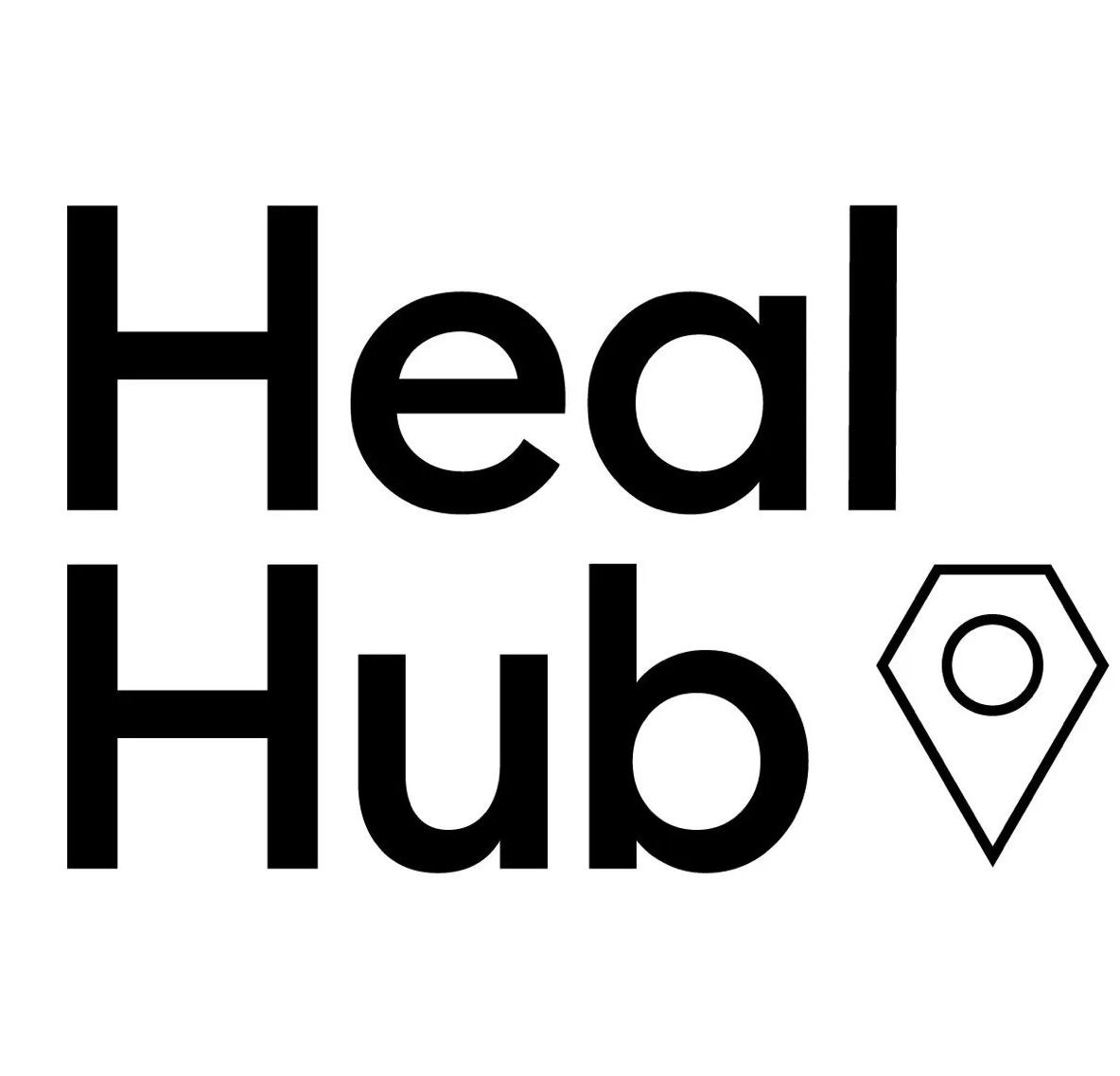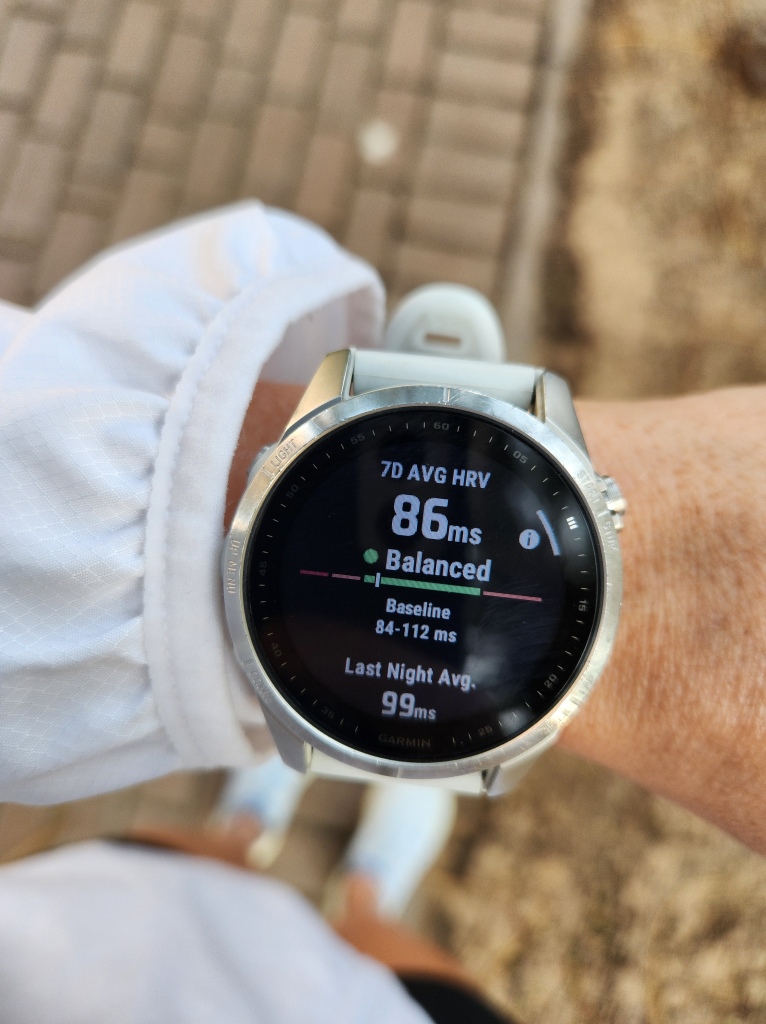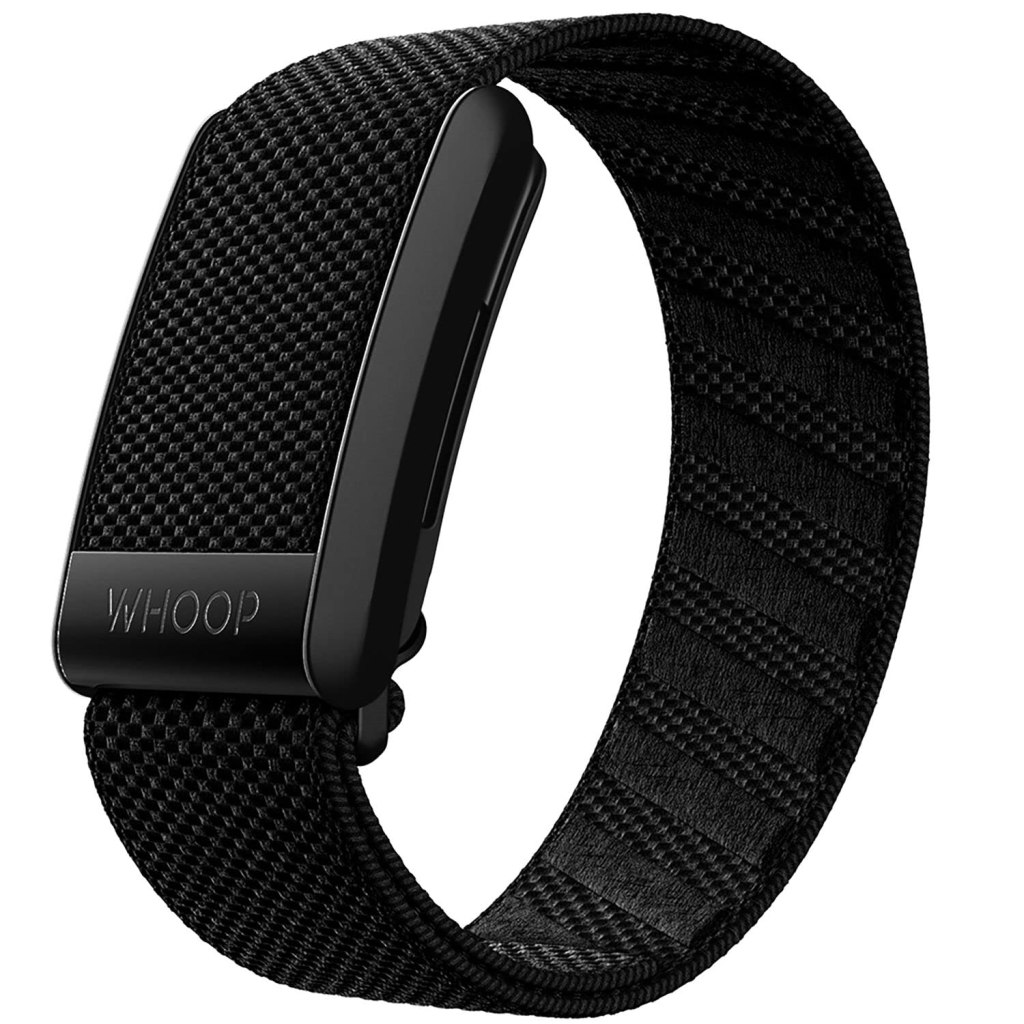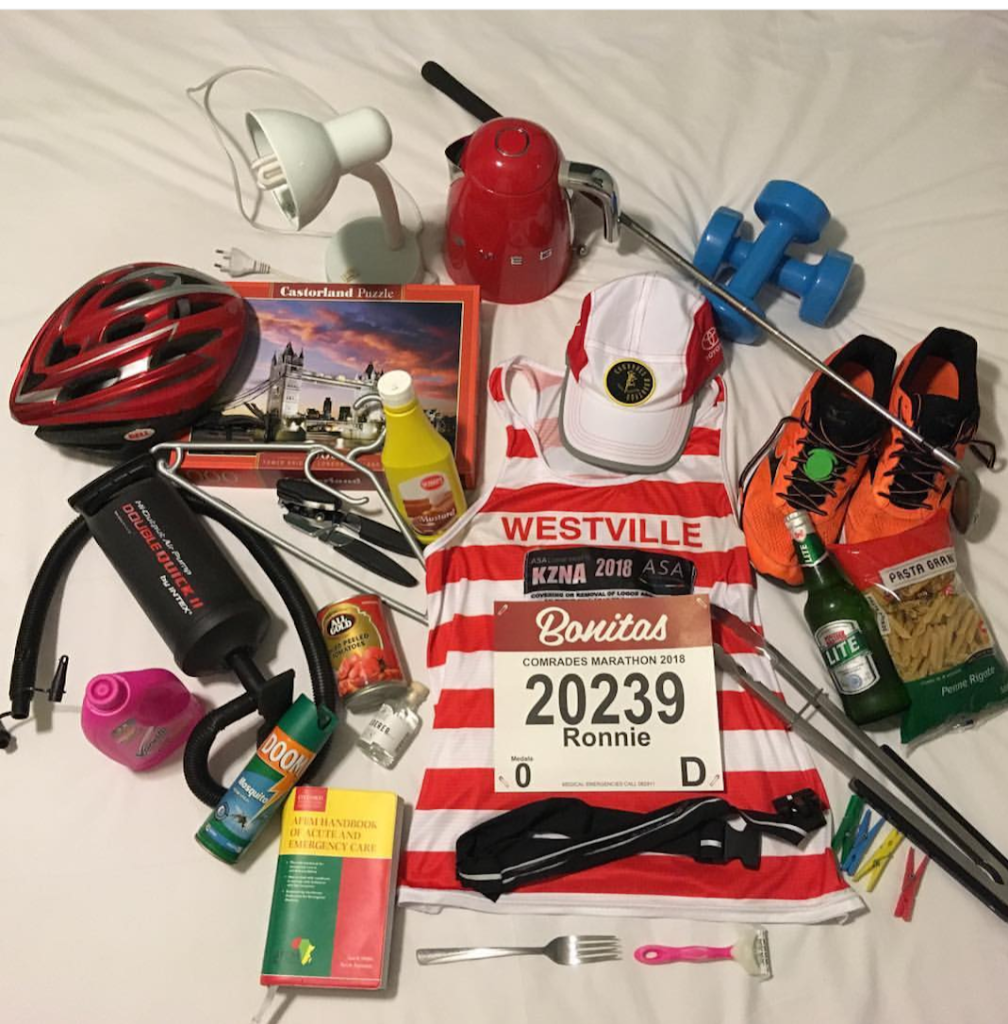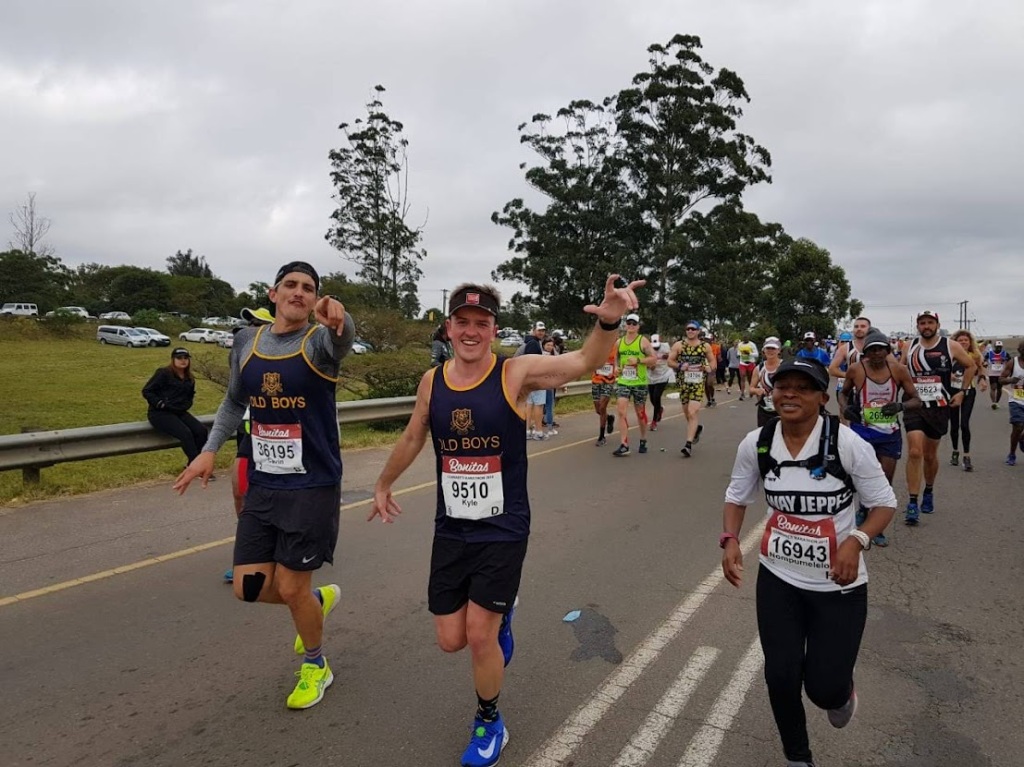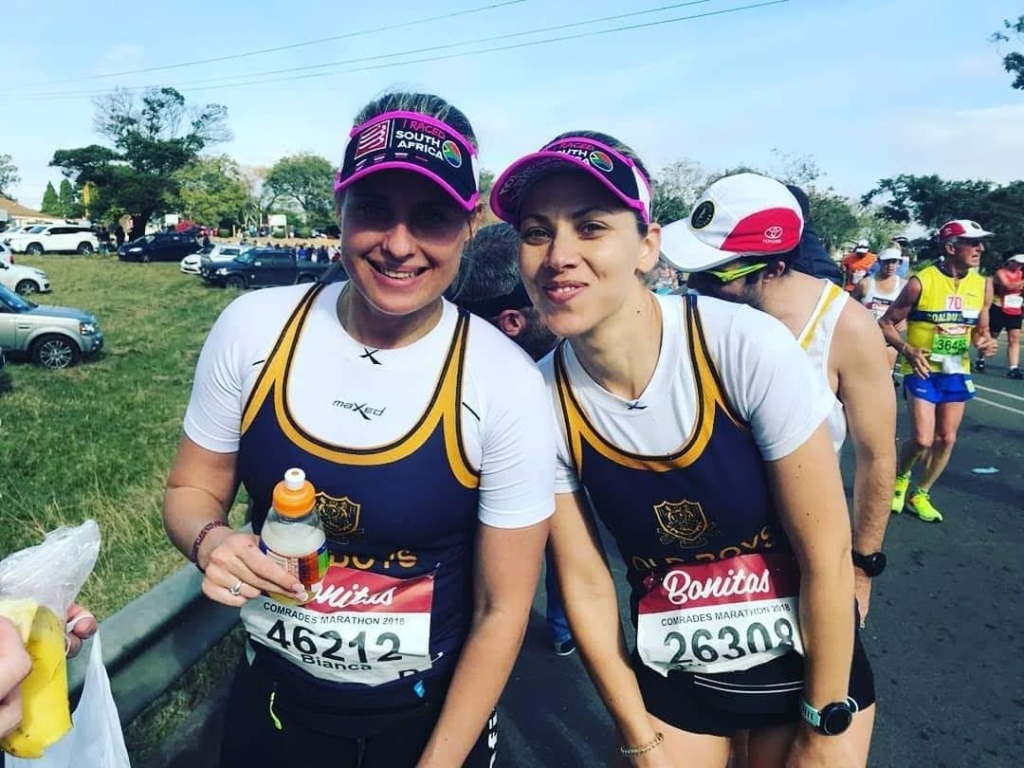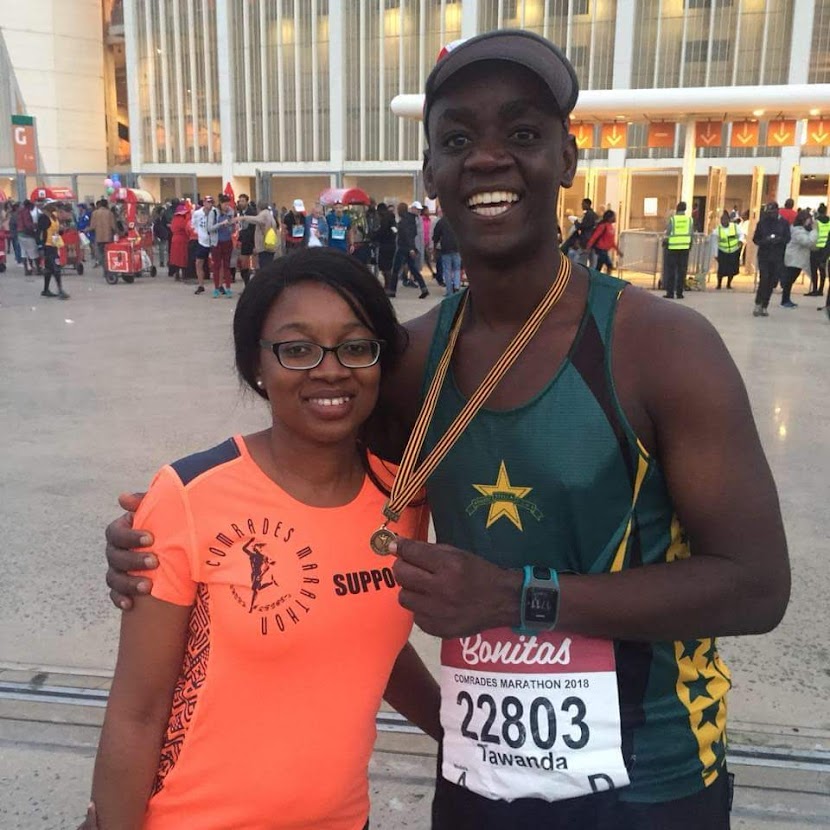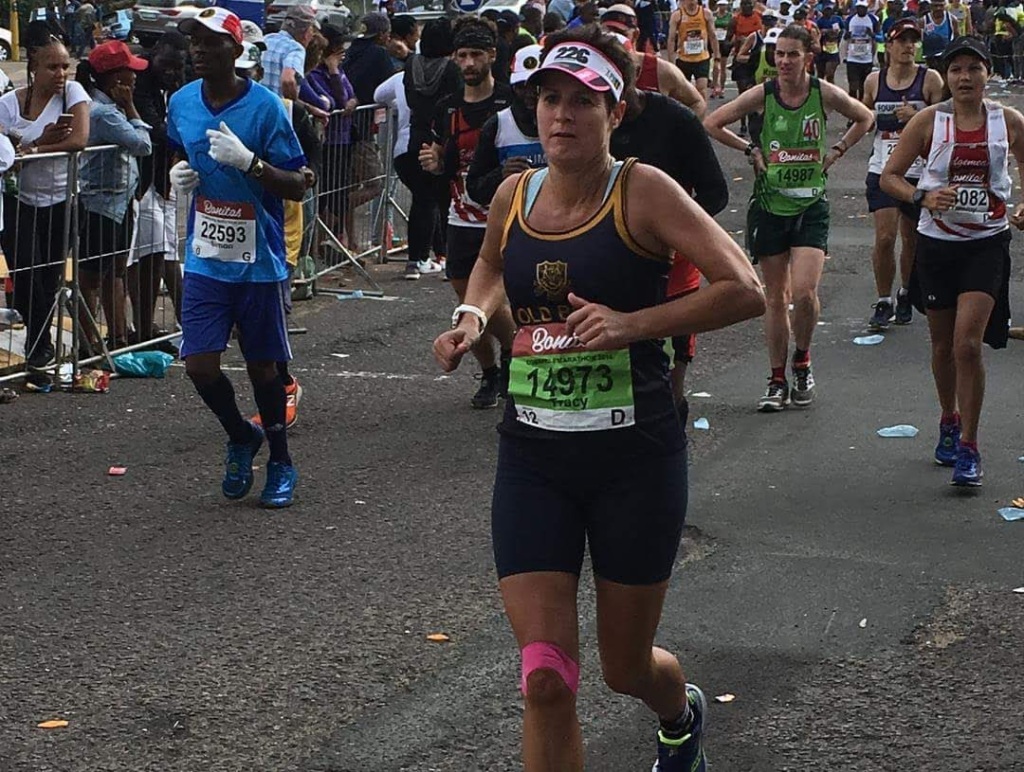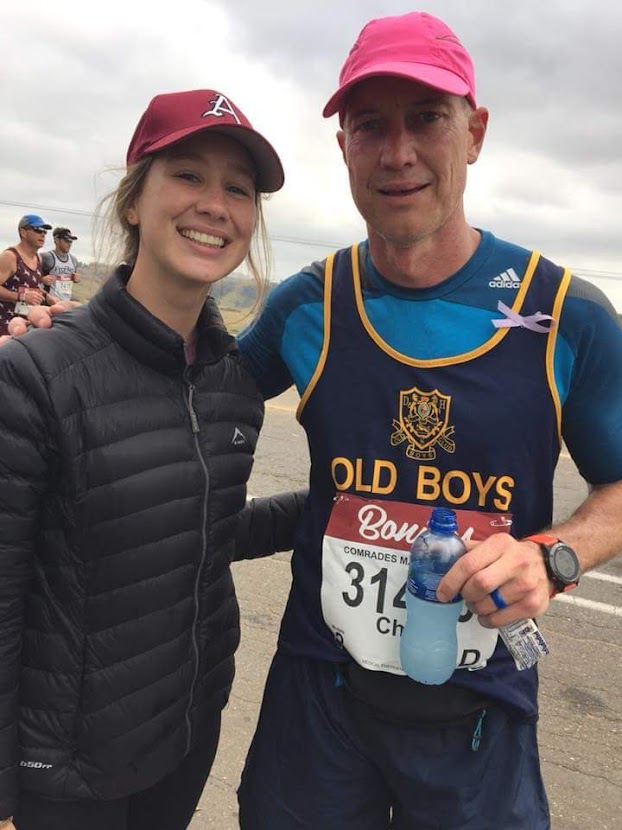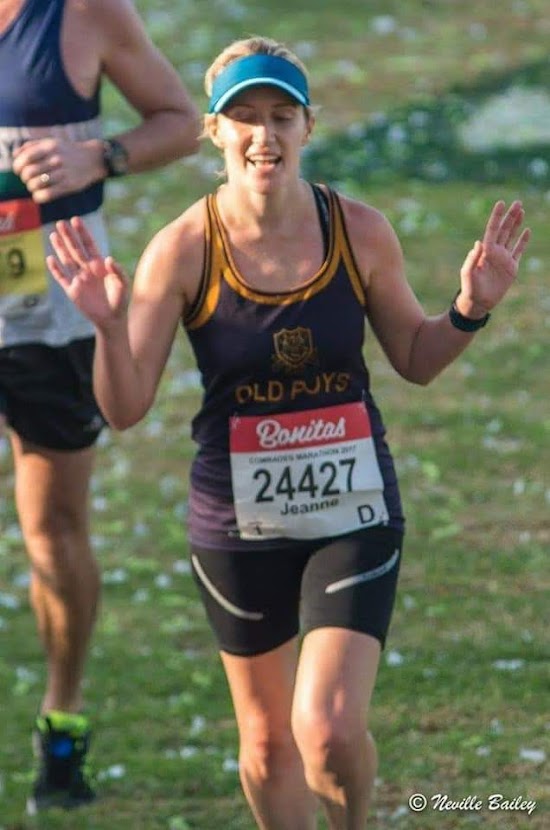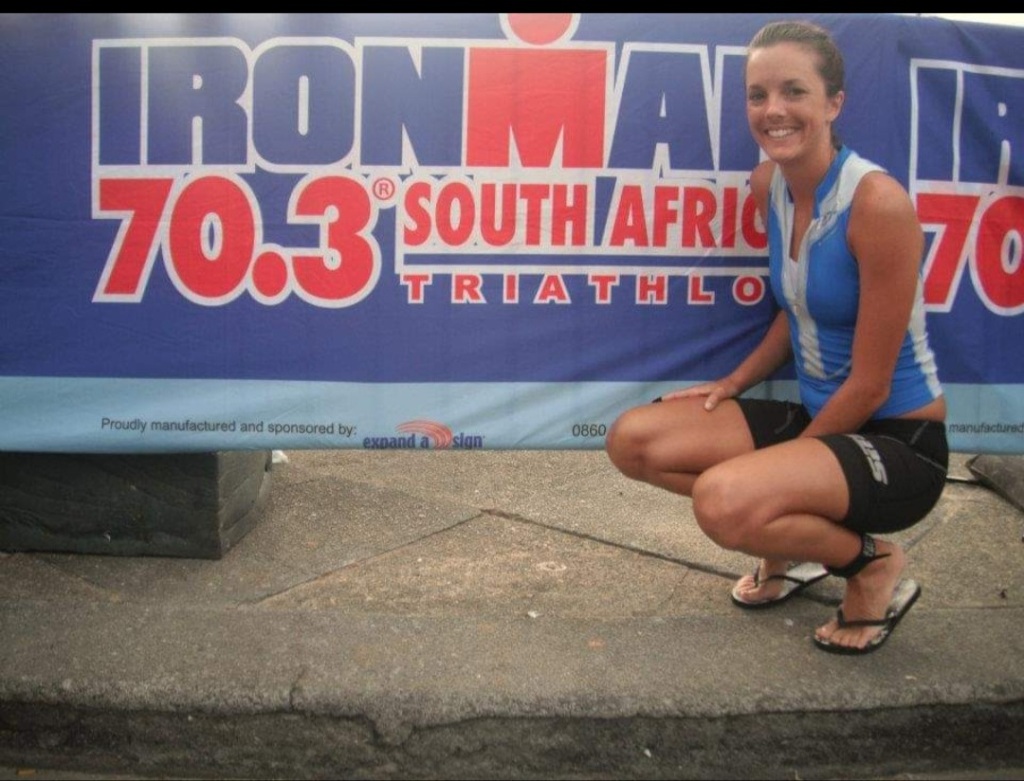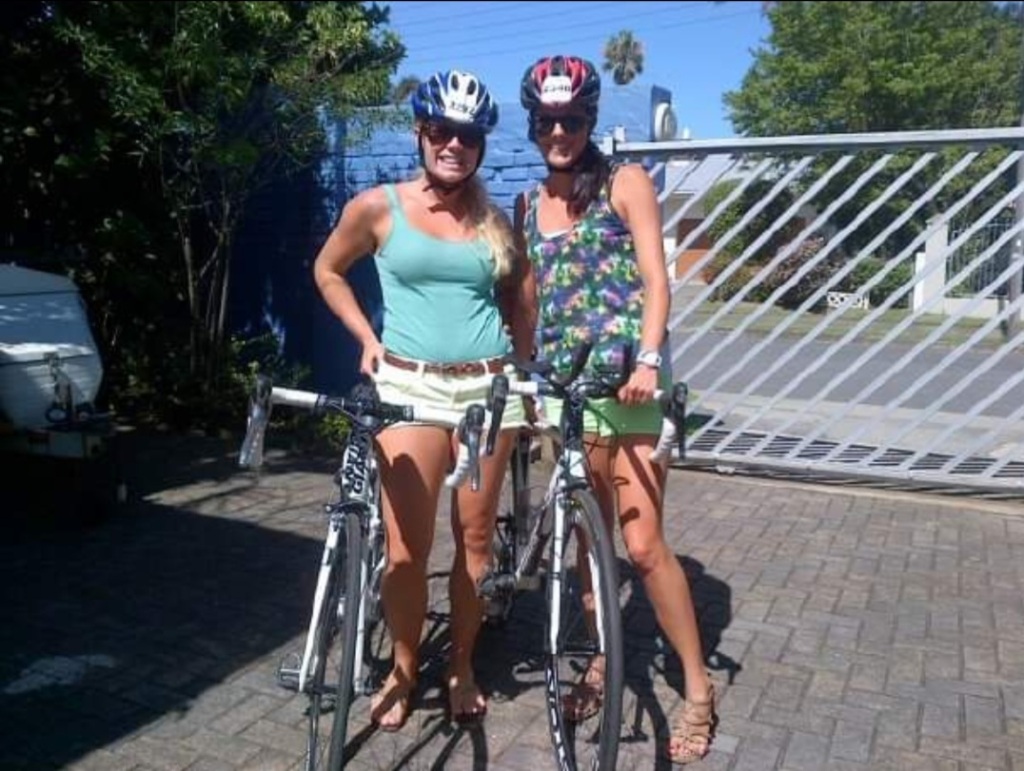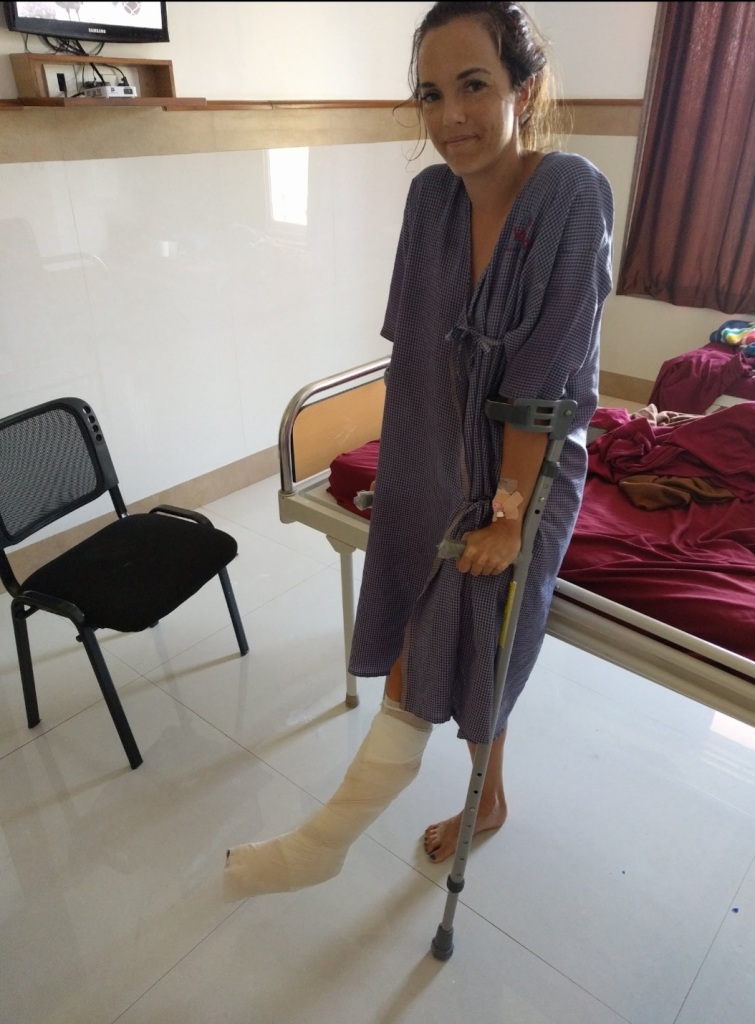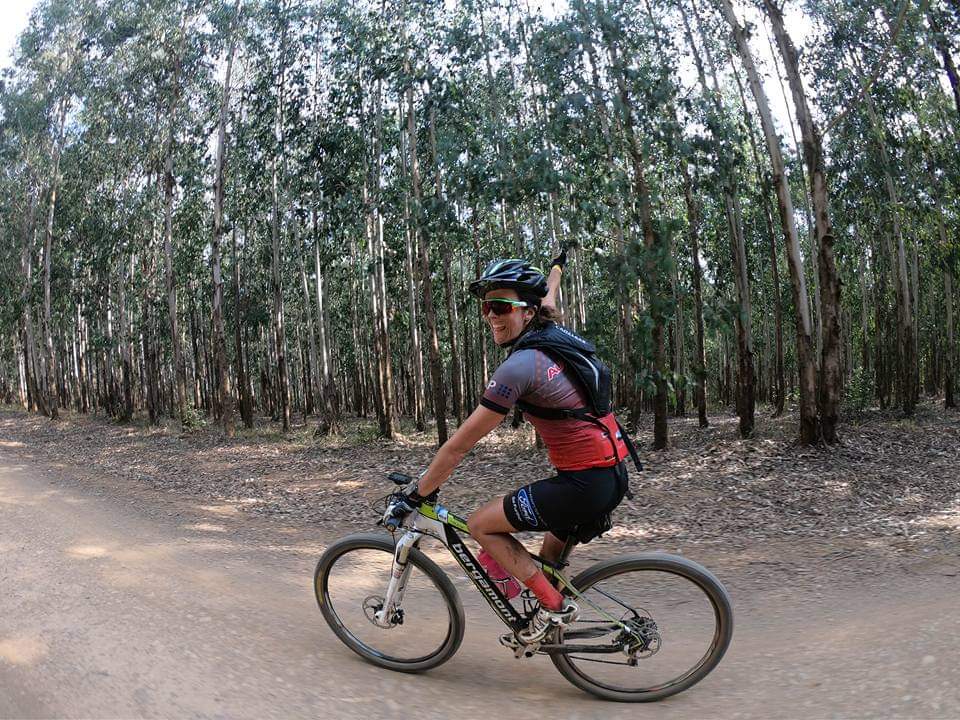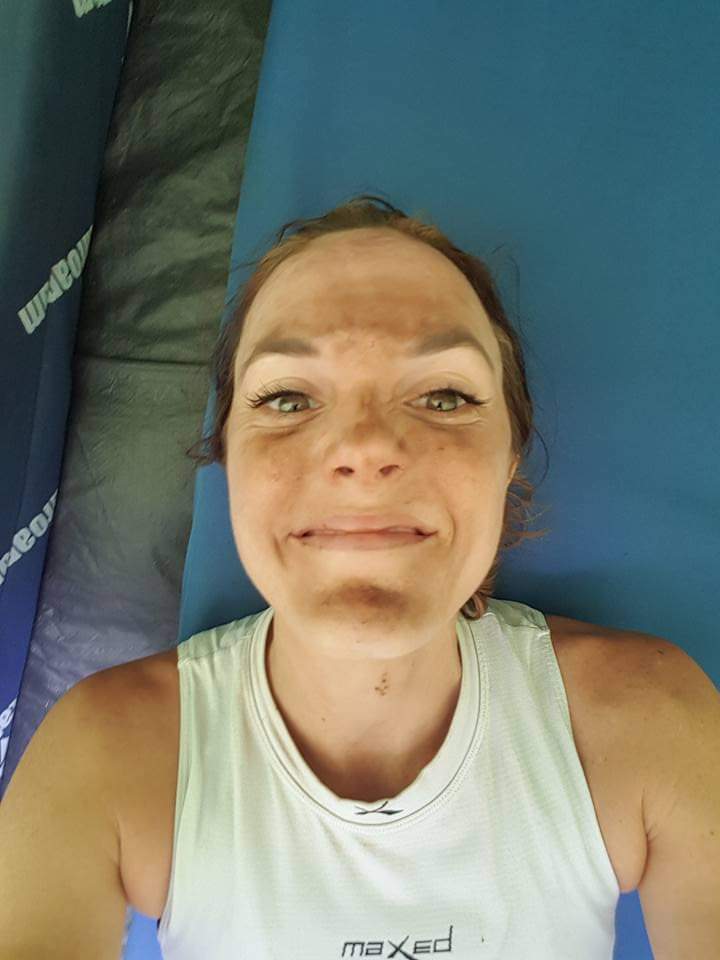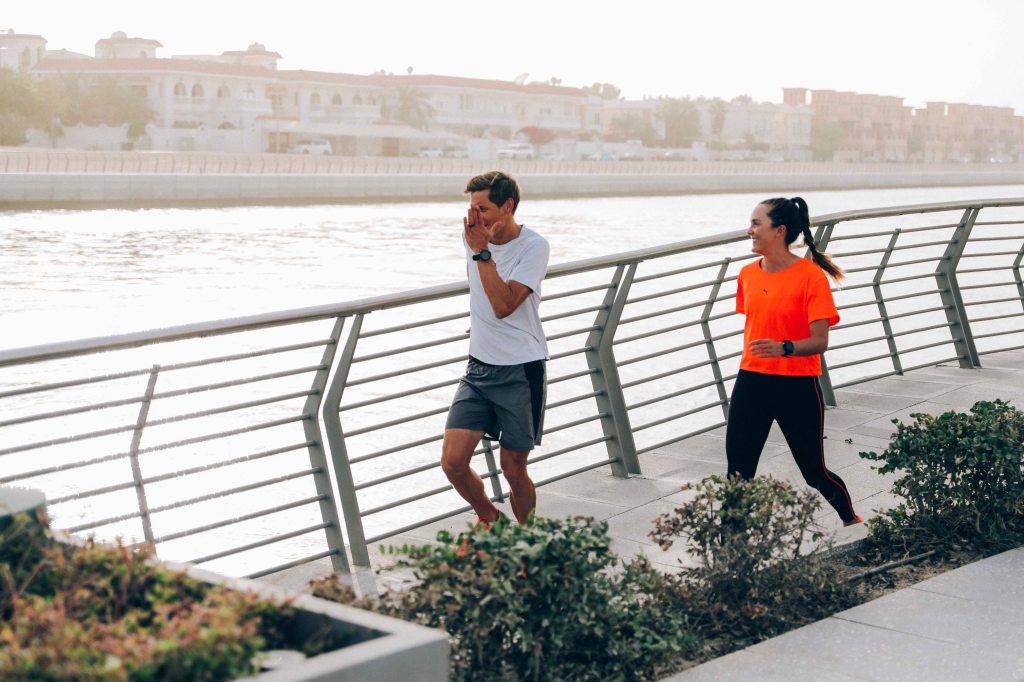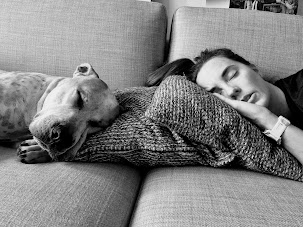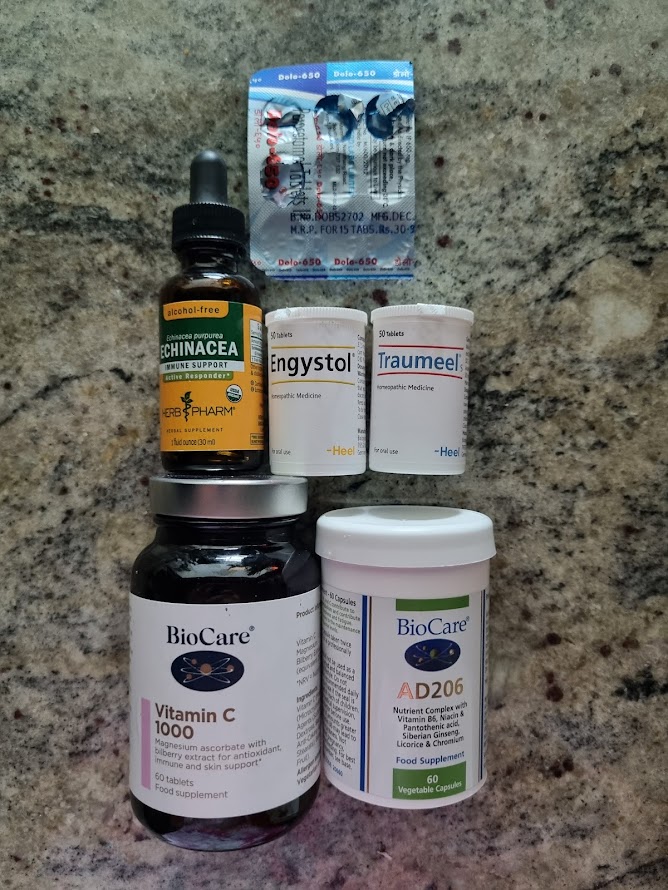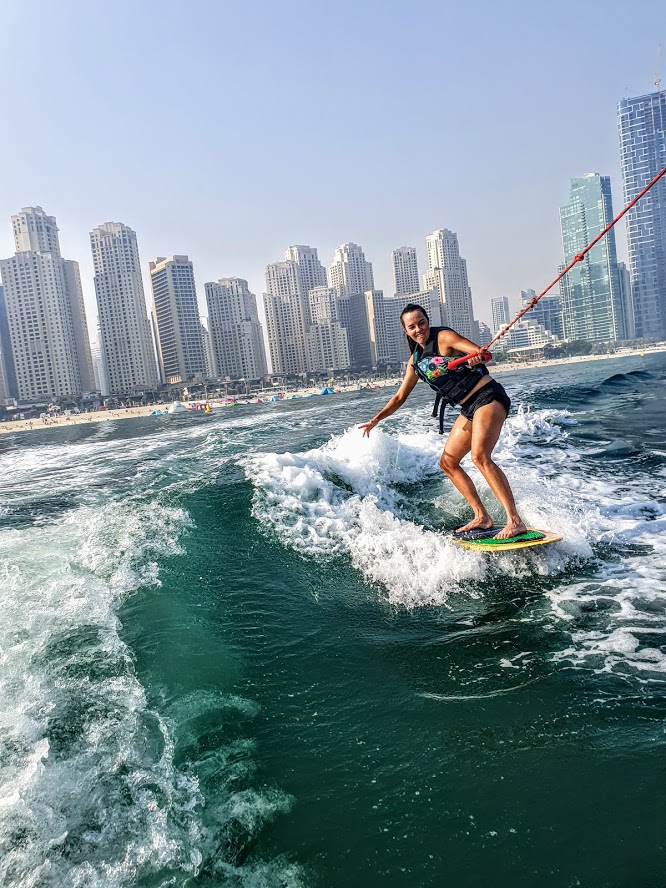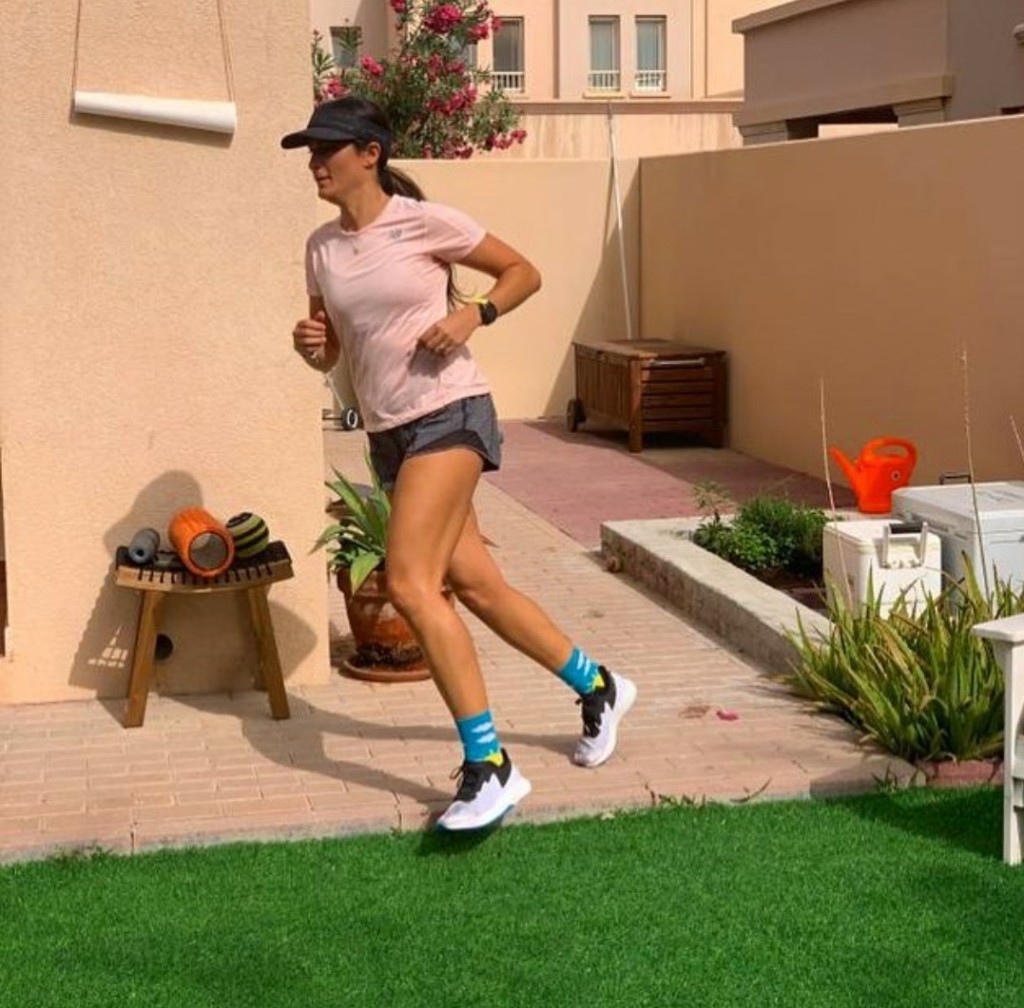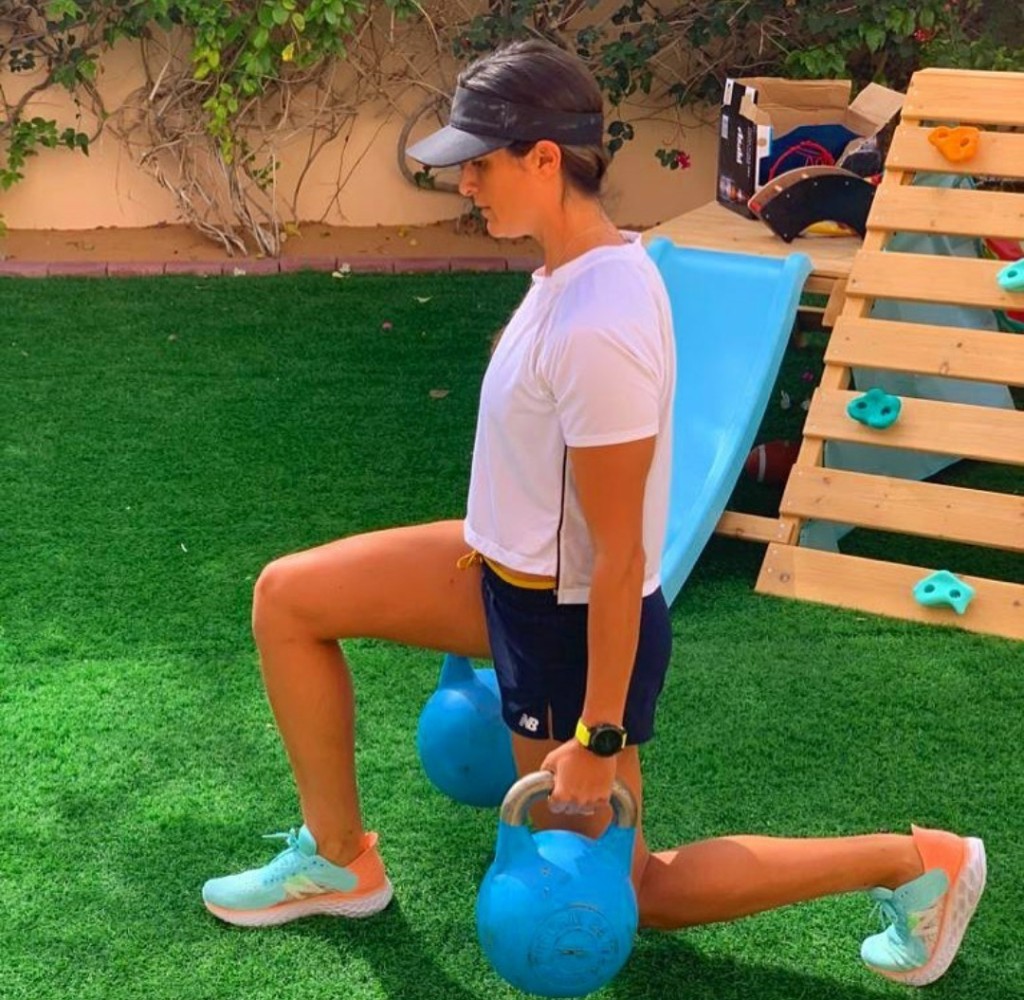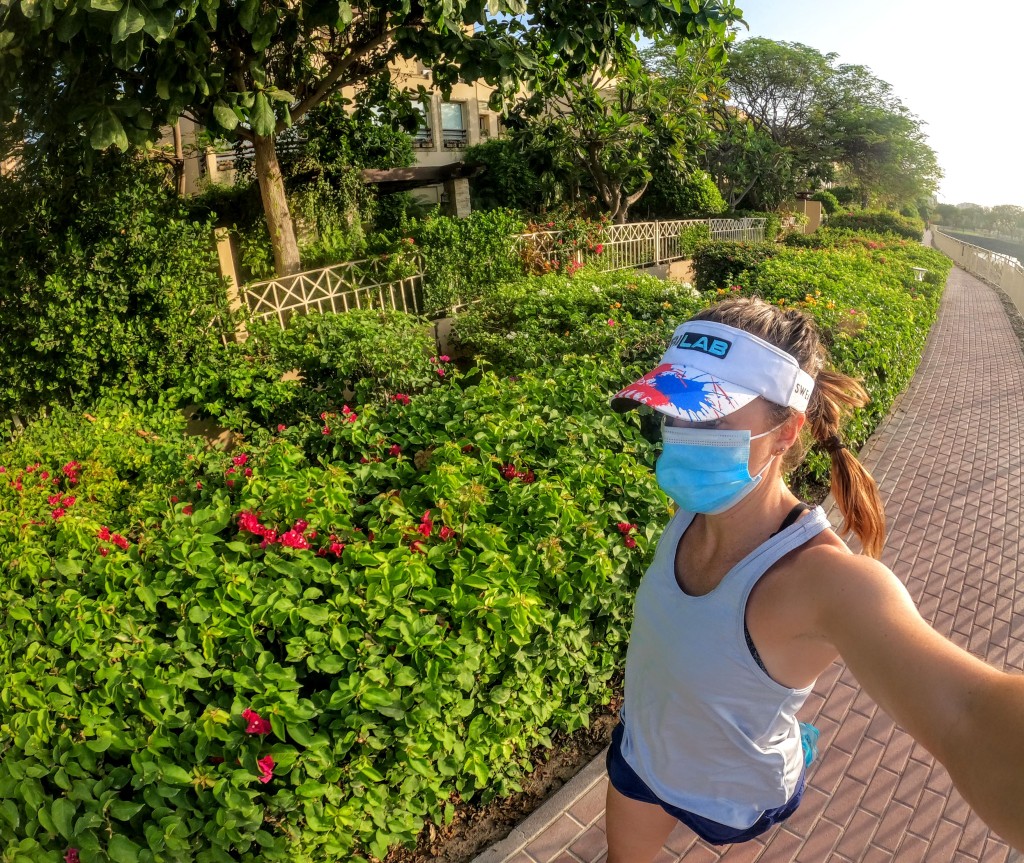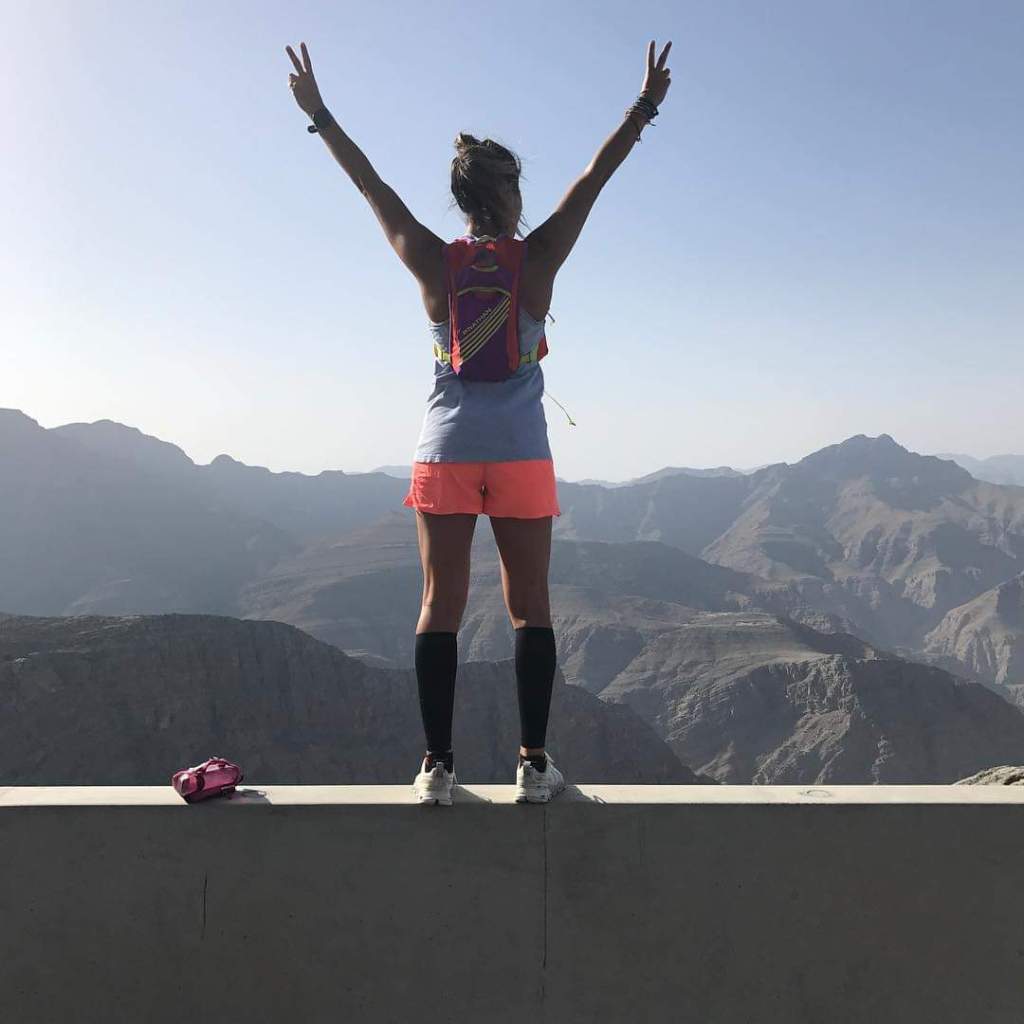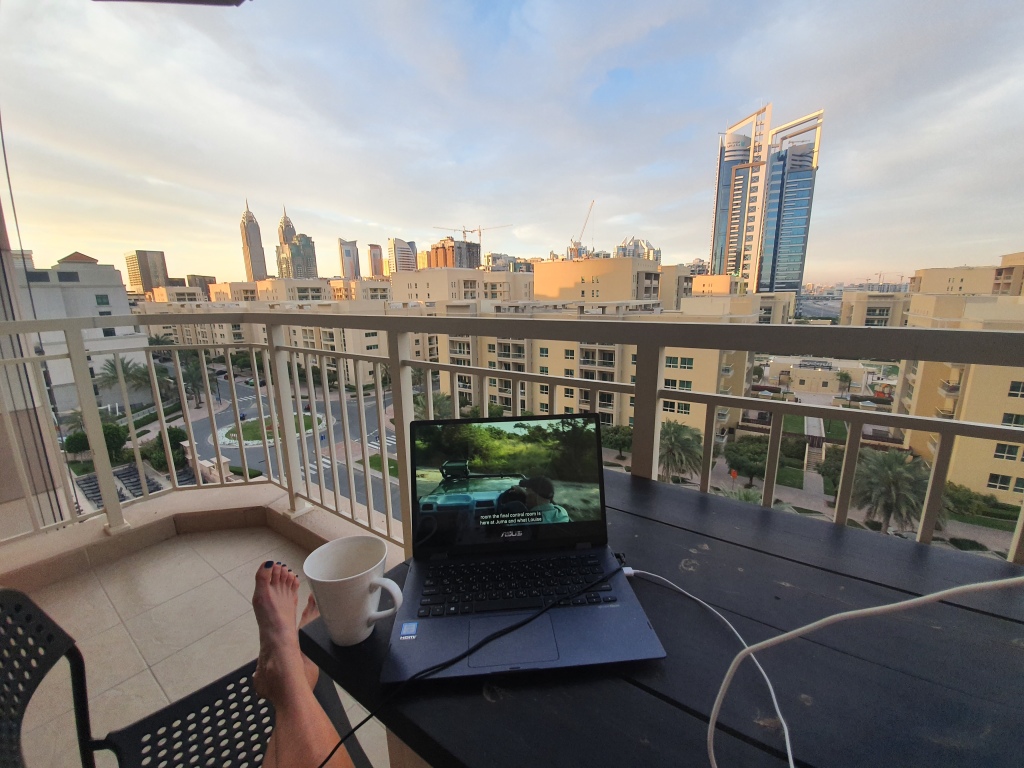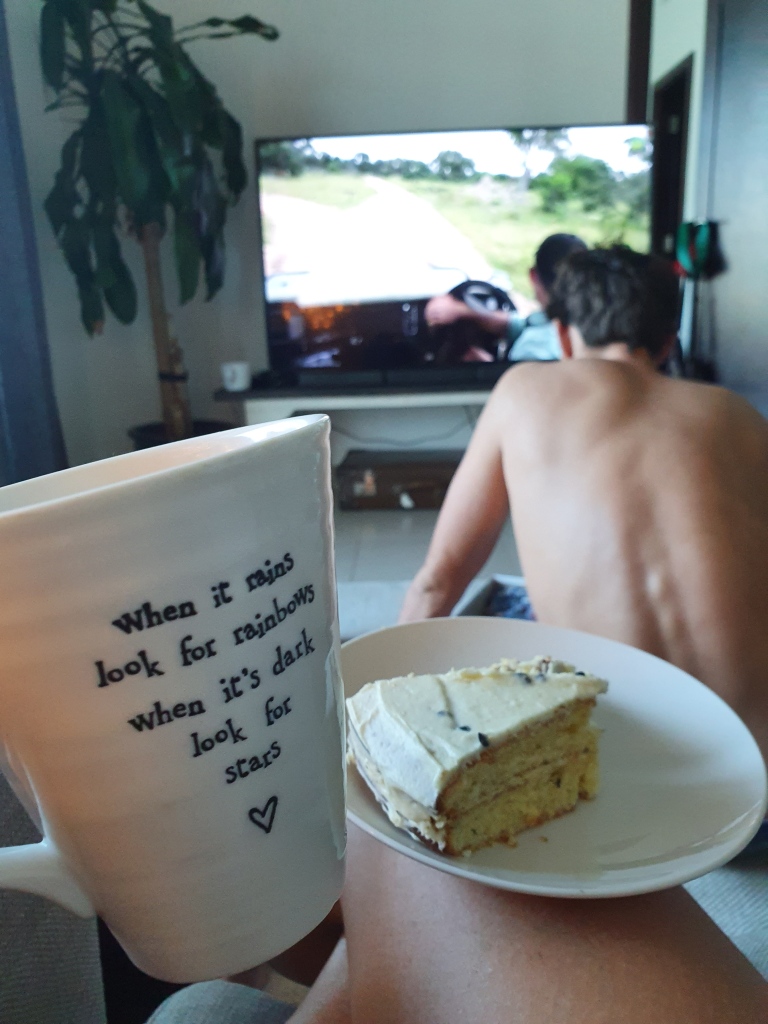**These are my OPINIONS and experiences and not of anyone else – please don’t throw all your dirty, smelly shoes at me**
When I first qualified, 5 years ago, this time of year was my absolute worst! The injuries, the stories, the pressure, the complaints, the tears, the “why am I not getting any better”, the trials and tribulations of COMRADES. But now with some experience and after dealing with 5 seasons of this interesting event, I think I have this time of year waxed!

And I couldn’t think of a better time to have posted this than right after the lovely ROUTE TESTER! Which I saw that a lot of you ran way too fast (yes, I saw your run on Strava).
Don’t get me wrong – being able to get a runner to and through Comrades is my absolute goal. I treat every runner with my best ability and I do care, but I’ve had to find a way to keep my own sanity. Flip, I feel like I’ve done 5 Comrades already after dealing with all of you.
So, during this highly stressful time for everyone – runners, therapists, friends and families of runners, I have written this for some light-hearted reading and a laugh and, of course, for me to vent and feel better.
I entered and began training for my first Comrades, which was supposed to be this year. This all came to a screeching halt on the 28th of December 2017, when my boyfriend and I were involved in a scooter accident in India (of all places). The foot pedal tore through my left foot, destroying my hopes of the “ASIJIKI” dream. Thankfully, it was early days and my meltdown was kept to a minimal.
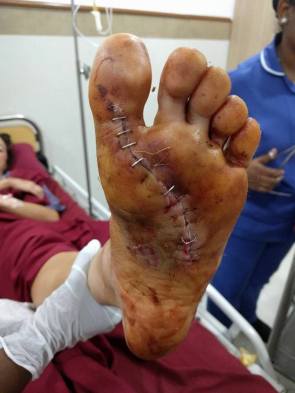
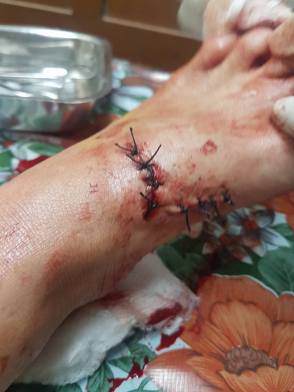
That was probably the best thing that happened to me, work wise, because the amount of sympathy I have now for Comrades OVERUSE and “stupidity” injuries is 0! Remember, you do all that running and hurt to yourself – SELF INFLICTED! That scooter pedal did not have a right to ruin my 2018 running plans. However, shit happens. I dealt with it and am now over it. Life goes on and Comrades will be there next year. I do care for my runners and always have their best interests at heart. But please, just this once, sympathize with me here.
Comrades is the cause of the most common running overuse injuries that I see. Duhhh – Comrades is an overuse race. Are humans even meant to run that far? “In the caveman days…” some of you might protest, “blah blah blah”, I get it! But really, how much has changed since then? We now run on TAR and in SHOES! Have our bodies changed since the “caveman days”? Yes! SO much has changed. So, when I very politely tell a patient that what they are suffering from is merely an overuse injury, WHY do they look at me like I didn’t study for 6 years or I haven’t treated over 100 people like them! Comrades = overuse. Overuse of your legs and joints and sometimes heads. Sorry – bear with me here.
So, I have decided to discuss some of my case “trends” below (no names mentioned and a tad exaggerated) just for a laugh – okay? Please don’t take it too seriously and if you do take offense, swallow it with some of your recovery shake!

“The new to running and now going to do Comrades” runner
This has to be the absolute pearler and why I will start with them first.
George has casually been doing the Park Run for a year now and has recently progressed to a 10km. Now he is ready to take on the Comrades. Yes COMRADES. Maybe the result of a bet, or slight fomo (fear of missing out) from the previous year or he is just transitioning from his immature, party-going 20s and smoothly sliding into his 30s with the “I’m over those days and I’m now going to focus on my health and training” frame of mind.
I respect you George, but you can’t just run away from the club, straight through to the Comrades finish line. That’s like waking up without a hangover after a tequila binge. Hey some people can, about whom you will learn below – “the super humans”.
And why is this not possible? You most probably will pick up the odd ITB, shin splints, patellar tendinitis, Achilles issues. You need to condition yourself to the road and to an Ultra. You have to treat it with the utmost respect. A few very wise, seasoned (plus 20 Comrades) runners have told me that there is an art. You must first condition your body to 5km, 10km and 21km runs, over some time. Get your bones, joints and tendons used to constant pounding on tar. That tar is a horrible thing – transferring most of your running energy straight back up into your legs! Hence my experience with first timers and stress fractures. Your poor bones are trying to heal and recover overnight and you just whack them with a casual 30km the next day.
I could go on, but from my experience with these guys, the best advice I can give is to progress with distance wisely. Be smart and know your limits.
The runners that must keep lifting BRO
Mary, the gym bunny, has to keep lifting whilst training for the Ultimate Human Race. Mary, how do you expect your joints and poor tendons to react after heavy lifting or 50 reps of squats, lunges and burpees X 3, followed by a 10km run the next day, followed by a 15km, followed by more gym, followed by a 30km run on the weekend? (hand to forehead) .
Poor Mary is constantly plagued with tendon issues. And why? Tendons are responsive to load. Too much load, too soon, allows no time for repair and therefore leads to damage and injury to bodily structures. The right amount of load over time, allows tendons to repair and heal and hence no injury – it’s like magic.
The right gyms will get you onto a sports specific program. If you find yourself trying to race through a gym session whilst competing against your lifting buddy, STOP! Trying to force yourself to get through 50 squats and lunges is just wrong! Racing through strength type exercises whilst you are training for Comrades is just WRONG. Comrades is your race, Mary, not the gym. Your strength training should involve slow, controlled, stability exercises. You need to feel your legs burn, not your lungs.
The runners that just weren’t made for Comrades (yes, we are not all made for Comrades)
I used to feel sorry for poor Tom. He ran his first Comrades 2 years ago and is constantly plagued by a knee injury.
The thing is, Tom actually has bad knees. Years of rugby have damaged them. Xrays and even an MRI have proved this. Months of strength training and countless biokineticist sessions will not take the condition/problem away. It may help with pain or strength and stability but the damage is still there. Why Tom wants to go for his third, I have no idea.
You see, I can’t sympathize with Tom any more. I have warned him about permanent damage and the fact that he may have to have a major operation down the line, if he keeps running these long distances. Tom doesn’t care. He will keep wearing those knees down in the hunt for another Comrades medal. That’s fine with me – they not my knees.
My advice to the Toms is – stick to the shorter distances. Comrades is not worth your limbs. 1 is fine, 2 is ok, 3, you’re on your own buddy! If you think the running is worth the risk then go for it…YOLO!! But just don’t come back crying to me.
I’ve never been injured and now 10/15 years later I’m plagued with injuries
You’ve been lucky, John, and now it has finally all caught up with you. We age – it’s unavoidable. Our bodies change – you’ve done 10 Comrades! Is that not enough? You do the math.
And no, I have no explanation why some can run and run and run, year after year after year with no injury. They are medical miracles. Please don’t compare yourself with those super humans – we are all different.
The mileage and speed befoks
It works for some and not for others. I’m talking about dear Susie. Going for her second Comrades. Back-to-back medal. The down run. She has to impress. Last year she was conservative with her training 60-80kms a week, chilled runs, no injuries. A nice 9.42 for her first. This year she’s upping the mileage and tempo to try crack that sub 9. She’s taking advice from all angles.
She’s been sitting at about 90-110kms a week but is battling with the ever so infamous ITB. But why Susie? Tuesday track, Wednesday 15kms tempo, Thursday hills, Friday 10kms (meant to be slow but caught up at Regents and tempo again). Saturday long run, slightly slower, Sunday 21km Deloitte, meant to be slow but lands up doing a P.B. You may not see the mistake, but I do. A week just like that can destroy your Comrades dream. I have seen it plenty of times.
Why am I seeing runners go from a 30km per week to a 70/80km per week, in just a week? Haibo! Which blogs and people are you following? I’ve also seen a runner go from a 21km to a 42km, just like that. That’s a damn big jump with some nice knee issue on the side.
Susie and her friends also like to compete with each other on the infamous STRAVA. Who’s got the CR (course record) and who can do a P.B? Strava has made me money over the last 2 years – thank you, Strava. But, sorry for you runners! The ability to suss each other out and see who is in top form and who is not, who is training and who is still sleeping, who trains in the rain and who is a fair weather Fanie. Always competing, always chasing, always injured…get my point?
Common sense, people! Remember most of us are amateurs!
The super humans
FRANK! I know you but haven’t actually treated you. I know you don’t go by the book, so please refrain from lashing me with your recipes for success and your very heroic war stories, because I don’t see many people like you, Frank! You are a super human. You don’t get sick or injured or suffer with anything! You will preach, over some beers at your local running club, that you don’t do strength work, you stay away from track, you run in your old faithfuls, you drink beer or chocolate milk after your runs, you have never set foot in a gym. What are stability exercises, even? You, Frank, are a hero; every runner envies you. You go against everything that we professionals have learnt/know. You are like the WELL-seasoned smoker who doesn’t get Cancer. Keep going Frank, keep proving us wrong.
There are many other cases I could discuss…”I arrive in high heels or slops to your session and I have plantar fasciitis”, “I’ve put on 15kgs and am running this year”, “ I don’t have time for gym”, ”I’m giving up my old faithfuls and going to try ____ (2 months before Comrades)”. “Just finished my antibiotics but feel fine now – plan on doing a 25km on the weekend”. “I’ve missed 2 weeks of training because of this injury and need to make up for it”. The list goes on.
As we approach a month before the big day, please put your thinking caps on. Please be smart, it doesn’t take more than a few brain cells. Yes, this Comrades fever envelopes, engulfs and absorbs you into its big, comforting arms. But do NOT let it overwhelm you and brainwash you into thinking that it comes before your body and health. Oh no! 1 year is not worth another 2 years (and sometimes even a lifetime) of plaguing injuries and health issues. It’s not worth permanent damage to your heart, kidneys and joints. It’s not worth your life. Seriously! Those of you who survive on painkillers and anti-inflammatories through your races – take a wave at the heavens. You’ll arrive there sooner than you may think. It’s not worth it. And WHY are you even running if you have to take 4 of those? Next level “stupid”.
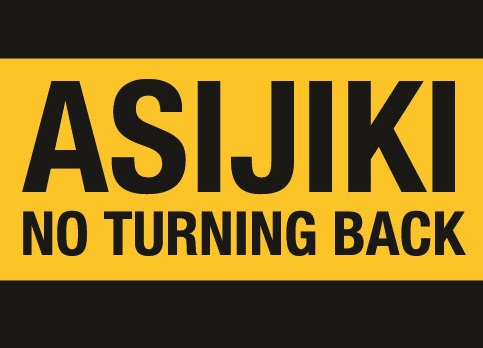
Okay – enough of the rant – time for some love. Thank you to my runners (patients) for inspiring me and for keeping me on my toes. Thank you for trusting me and thank you for listening. As much as you stress me out, I still really enjoy the challenge of dealing with, solving and managing your issues. I love your dedication and passion and I can’t wait to see you all cross that line. ASIJIKI everyone!!!

